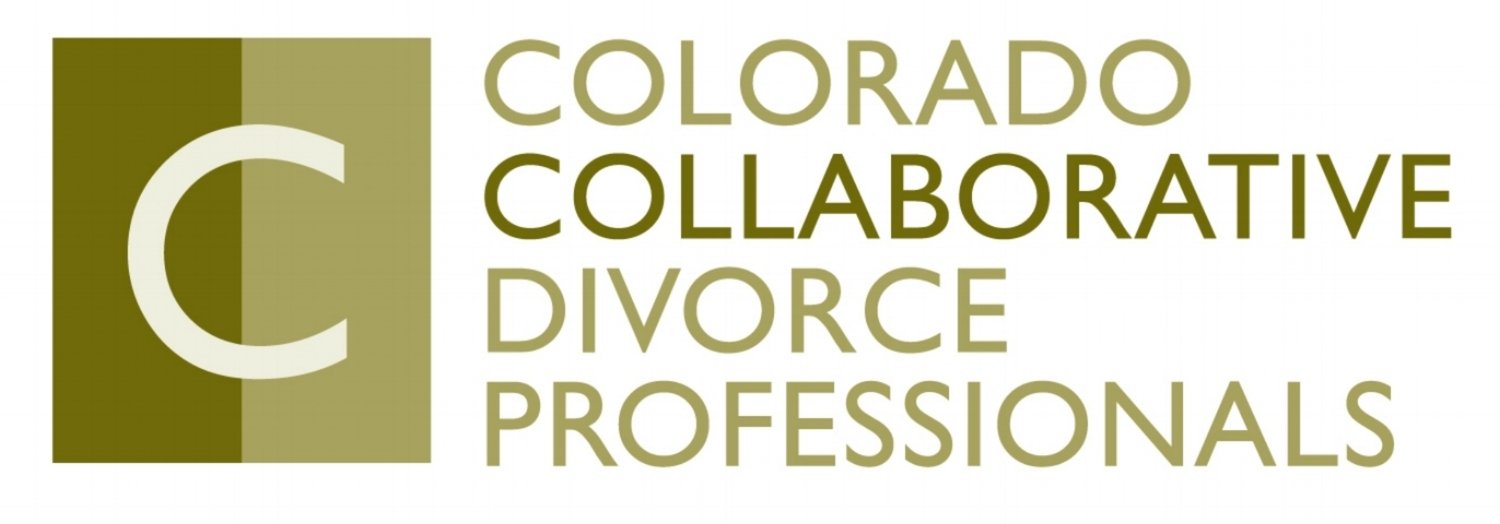The Collaborative divorce model allows people to work closely with trusted advisors to solve what sometimes feel like insurmountable challenges. But, it’s not uncommon for people to have questions about exactly how many “trusted advisors” they really need to get the job done. Of course, those questions become more and more pressing when you start to add up the hourly rates for attorneys, facilitators, financial neutrals, and other potential experts to sit in a room together.
Breathe deep. Perhaps the best part about collaborative divorce is it offers you the freedom to tailor your advisory team to meet your family’s specific needs. A typical collaborative case involves two attorneys (one for each party), a divorce facilitator (to keep the trains running on time and to help everyone work through the most difficult discussions), and a financial neutral.
Flexibility in Your Collaborative Team
Importantly – not all of these advisors need to participate in every part of the process. In fact, many collaborative cases can be resolved with only one or two meetings involving the entire team. Other meetings can focus on more narrow issues that require active involvement from advisors with specific areas of expertise. So, for example, you can gather and organize financial documentation with the help of your financial neutral – and without having to have your attorneys in the room (and on the clock).
In some cases, it’s also possible to eliminate certain advisors all together. You may not need a facilitator, for example, in cases where the parties and their counsel communicate particularly well on their own. Similarly, a financial neutral may not be necessary if your case involves only very straightforward asset and debt division issues.
When Additional Experts May Be Helpful
Of course, there are also cases where additional experts can actually help to reduce expenses by untangling complicated issues early in the collaborative process. Issues involving children with special needs, for example, often become easier to resolve after consulting with medical and educational experts. Similarly, complex business valuation issues often make more sense after a qualified accountant takes a look at the books. With complex issues like these, involving more experts may actually streamline your process and reduce your overall budget – because intricate issues are easiest to resolve when everyone at the table has a shared understanding of what’s being discussed.
Every Case is Unique
In the end, each case is unique. Collaborative professionals are trained to evaluate each case on its merits so they can organize the right team for the job at hand. When they do so, the costs associated with a collaborative divorce can be the same – or less – than a traditional divorce.



